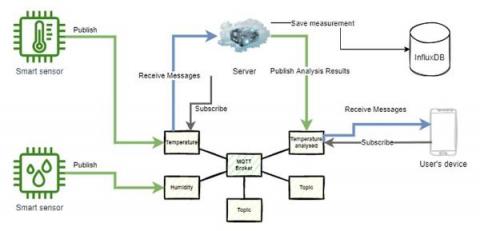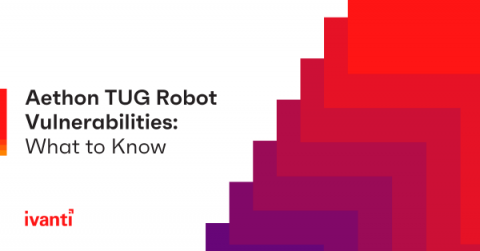What Should I Know About Defending IoT Attack Surfaces?
The Internet of Things needs to be part of the overall corporate information security policy to prevent adversaries from using these devices as an entry point. There are several reasons why it’s critical for organizations to defend their IoT attack surface, most importantly being that IoT devices are powerful systems containing compute, storage, and networking that threat actors view as the easiest way to breach an organization or enable exploits.








